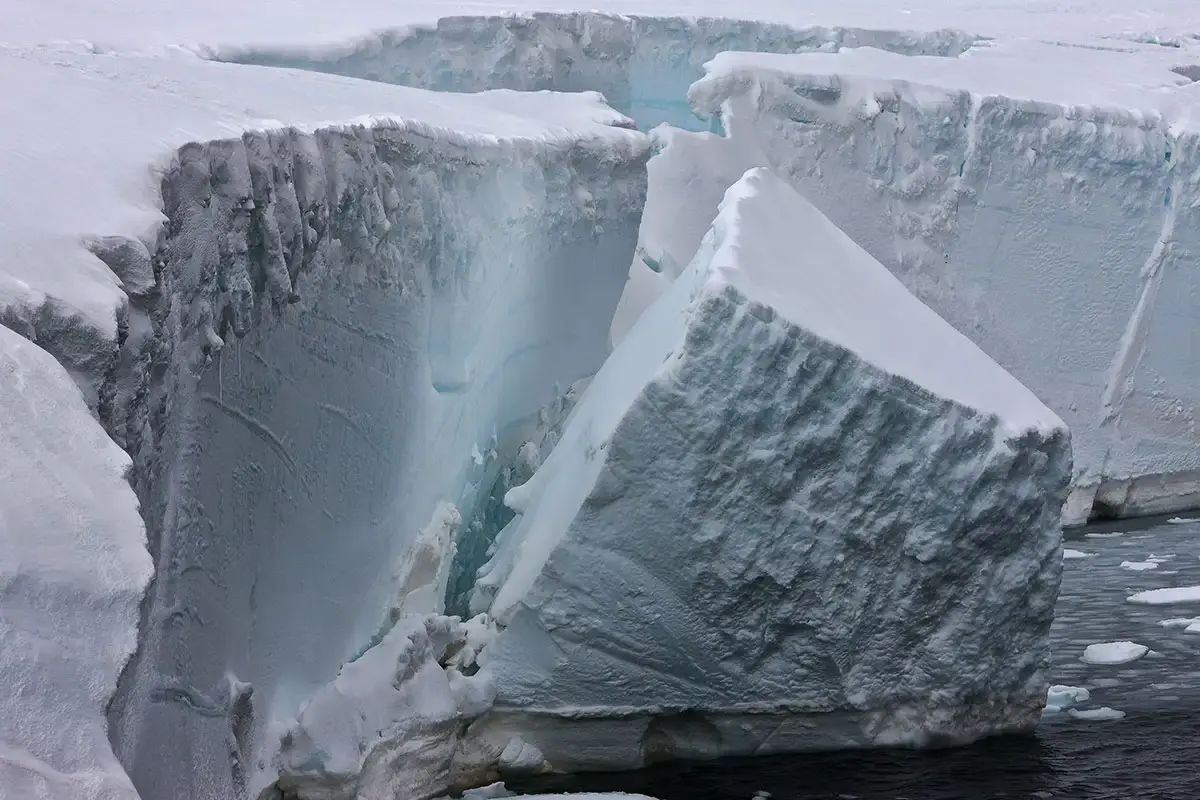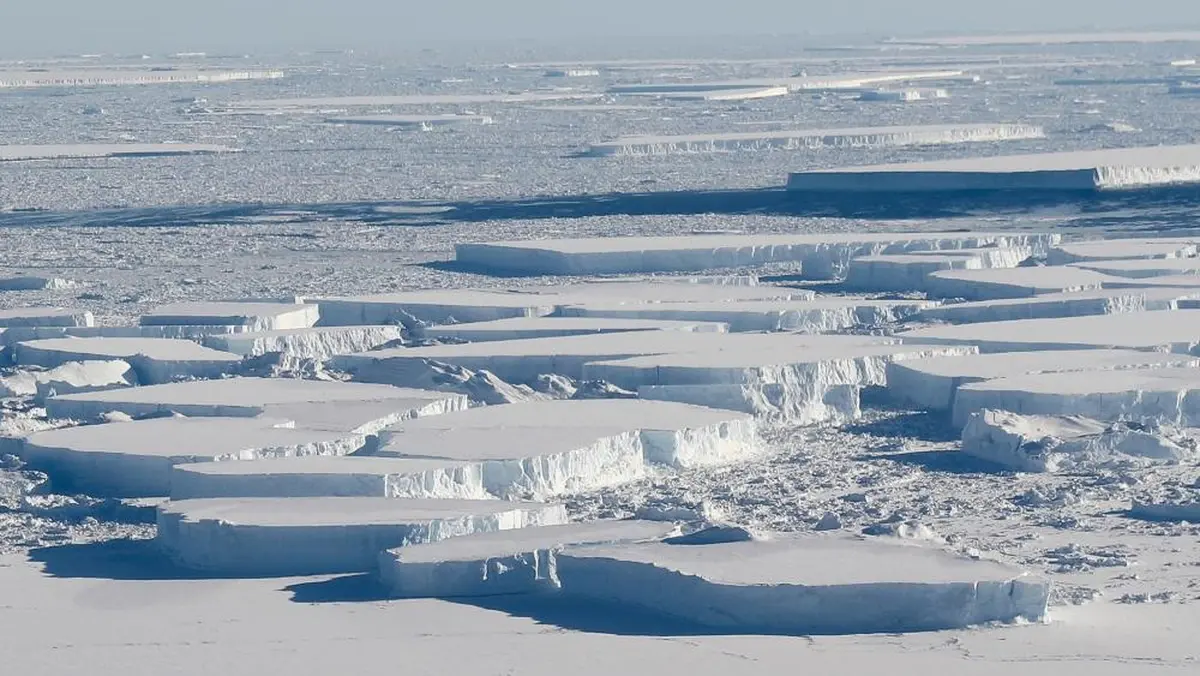 If by the year 2300, the rises by 10 meters due to the collapse of Antarctica’s ice shelves, many cities and villages around the world will be submerged.
If by the year 2300, the rises by 10 meters due to the collapse of Antarctica’s ice shelves, many cities and villages around the world will be submerged.
This warning comes from a team of researchers at Sorbonne University in Paris. According to their projections, within the next 275 years, 59 percent of Antarctica’s ice shelves could collapse, leading to catastrophic consequences.
What did the scientists report?
The findings of this study read like a science fiction blockbuster. However, this is not fiction; these events could become a reality if greenhouse gas emissions continue to rise rapidly.
“Our results indicate that current emission policies could significantly affect the likelihood of losing most of Antarctica’s ice shelves,” warned the university team. The viability of these ice shelves largely depends on potential greenhouse gas emission scenarios. If emissions remain low, only one ice shelf will collapse; if they are high, more than half could be lost.
Currently, Antarctica has 15 major ice shelves and many smaller ones, as reported by Daily Mail. These floating barriers of the Antarctic ice sheet play a crucial role in controlling ice loss.
“Since the ice shelves act as a barrier, preventing ice from the ice sheet from flowing into the ocean, they serve as a safety net around Antarctica,” explained the team led by Clara Burgard. Meanwhile, “their thinning and subsequent collapse accelerate the release of ice into the ocean,” the researchers noted.

How did the scientists reach these conclusions?
The team conducted modeling to understand how the melting of 64 ice shelves would change as emissions increased. The results showed that if greenhouse gas emissions are low and global warming does not exceed 2 °C by 2300, only one ice shelf will be at risk. However, if significant emissions cause warming to reach 12 °C, 59 percent of the ice shelves could disappear, resulting in a 10-meter rise in sea level.
Of course, the year 2300 seems far off, but researchers say we will feel the effects of the climate crisis much sooner.
“The period between 2085 and 2170 will mark the transition to the highest rate of ice shelf melting,” the scientists noted. They also added that their estimate is conservative, and actual thinning, retreat, or collapse of the ice shelves could occur sooner. It all depends on the vulnerability of specific ice shelves to other processes, such as damage, rifting, hydrofracturing, or calving.
Is a new global flood on the horizon?
According to Climate Central’s Coastal Risk Screening Tool, if the sea level rises by the projected 10 meters, numerous cities around the world will be underwater.
In the United Kingdom, cities like Portsmouth, Southend-on-Sea, Middlesbrough, Blackpool, Bristol, and Cardiff will be affected. Large areas of London along the River Thames will also be submerged.
In Europe, the coastline from Calais in France to Ringkøbing in Denmark will be flooded. Cities like Venice, Montpellier, Seville, and Lisbon will also suffer. In Asia, much of Bangladesh, along with cities like Shanghai, Ho Chi Minh City, and Karachi, will be at risk.
In the United States, the waters will engulf the coasts of Florida, Louisiana, and Texas.
Researchers hope their forecast will prompt governments to take urgent action to limit .
The findings of the study were published in the journal Nature.
